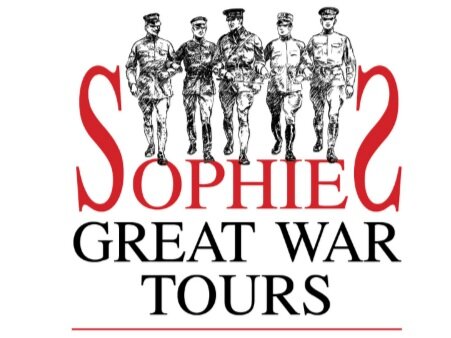An extrodinarily moving line written by Piper Daniel Laidlaw, 7th King’s Own Scottish Borderers about the action at Loos in 1915.
Some actions in war are so profound that more than a cetury later, it feels as if you can see it happening, or in this case, hear it.
In September 1915, during the Battle of Loos, seeing that his battalion were shaken by the intense bombardment that had fallen upon them, he left the trenches and began to play his pipes.
His music carried across No Man’s Land. It comforted the men and reminded them, as Laidlow wanted, that they were not alone.
For his extraordinary bravery, Daniel Laidlaw was awarded the Victoria Cross.
The citation reads:
For most conspicuous bravery prior to an assault on German trenches near Loos and Hill 70 on 25th September 1915. During the worst of the bombardment, when the attack was about to commence, Piper Laidlaw, seeing that his company was somewhat shaken from the effects of gas, with absolute coolness and disregard of danger, mounted the parapet, marched up and down and played the company out of the trench. The effect of his splendid example was immediate, and the company dashed out to the assault. Piper Laidlaw continued playing his pipes till he was wounded.
Standing on the Ground at Loos, I think of that incredible decision and the bravery that went with it.
This Advent, at Sophie’s Great War Tours, we are sharing one voice from conflict each day.
If you want to stand on this ground and feel these stories where they happened, take a look at our website and contact a member of the team today.

